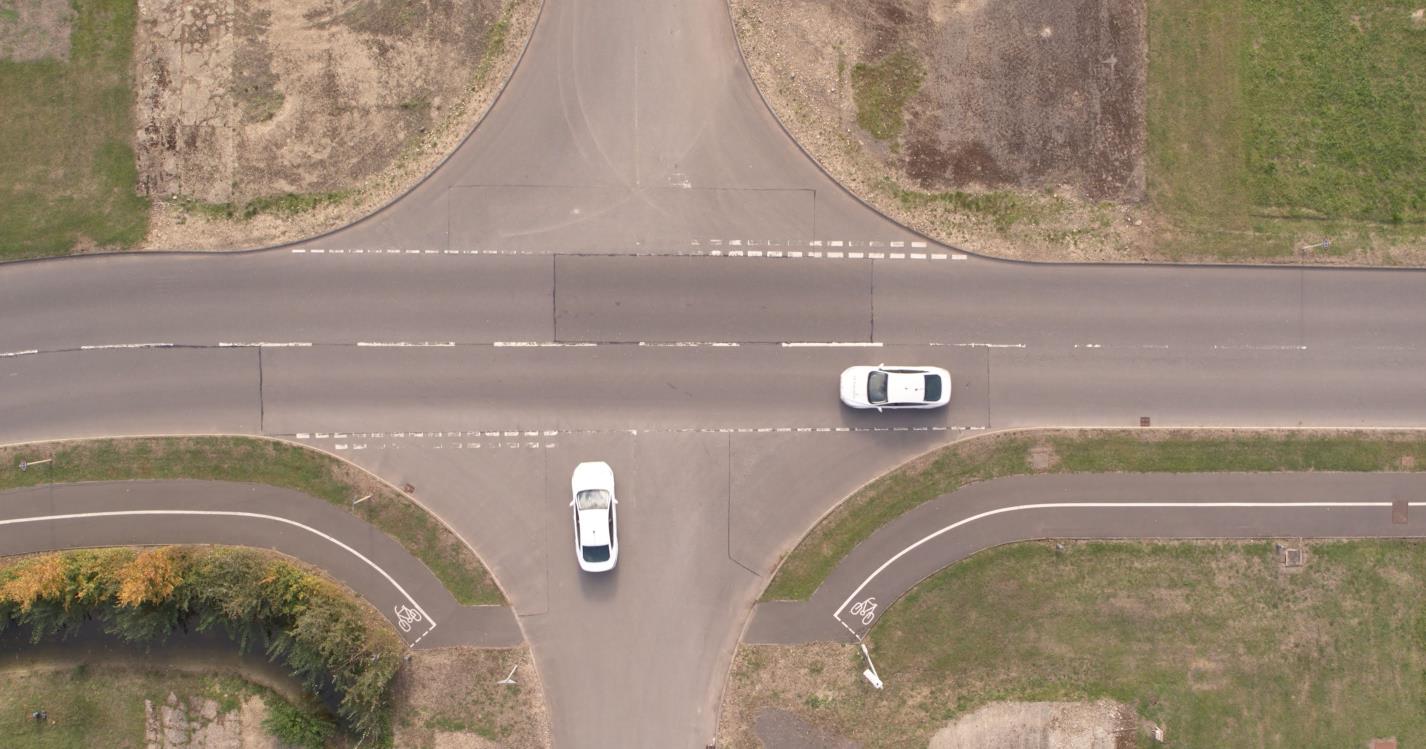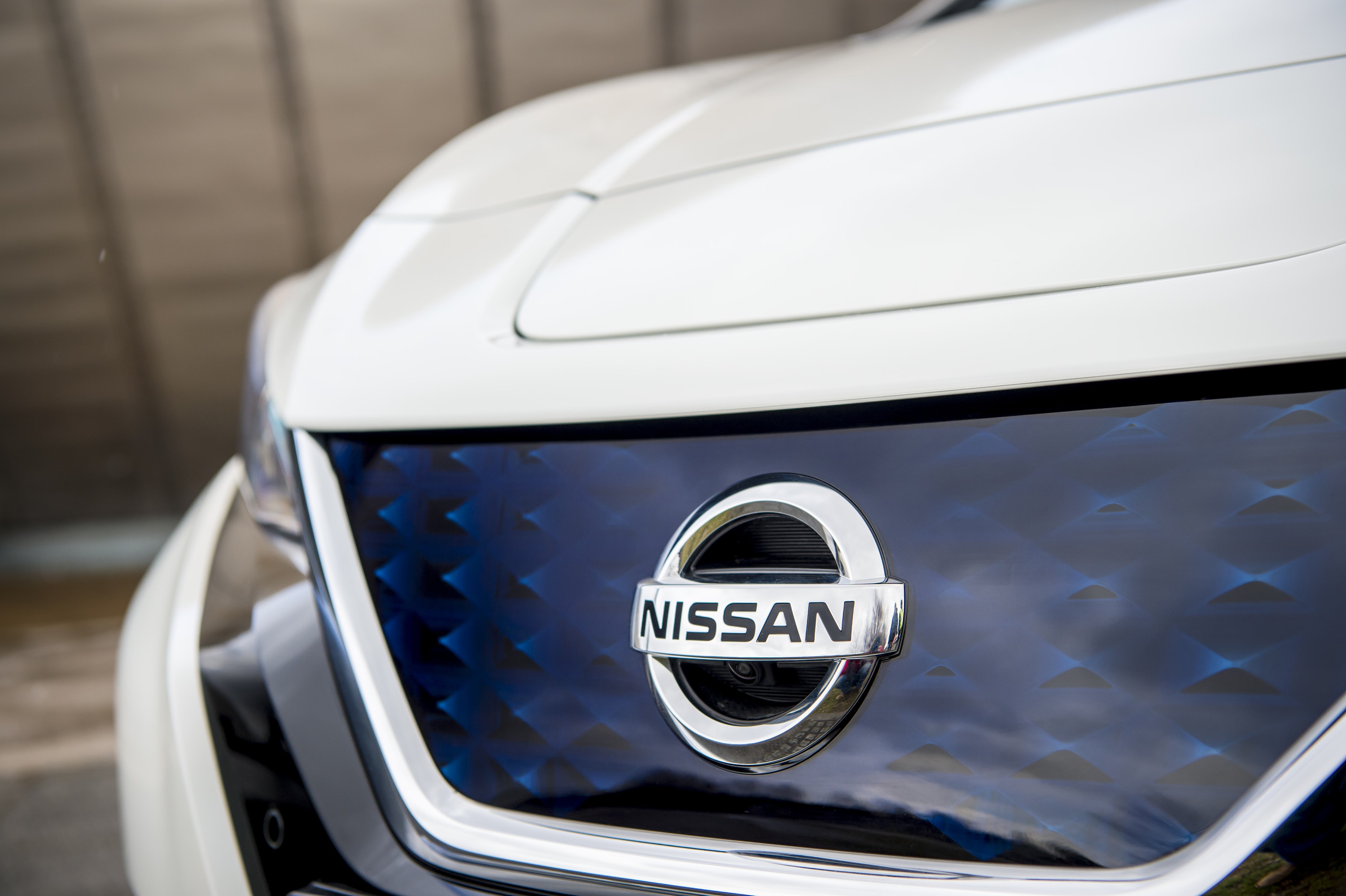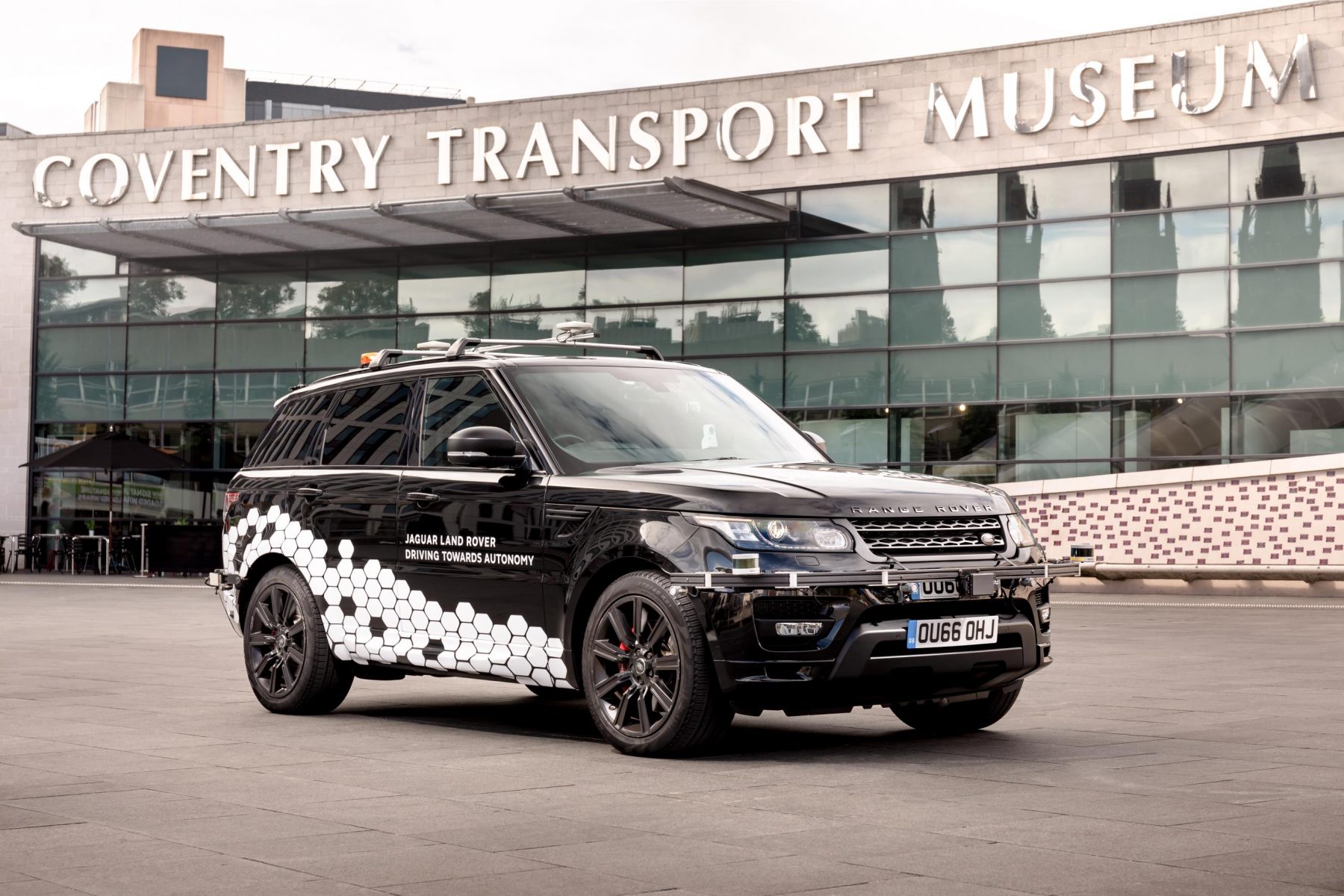Olympic champion cyclist Sir Chris Hoy has suggested motorists and cyclists should open the lines of communication and put themselves into each other’s shoes, to improve relations on the road and raise safety levels.
The sportsman, speaking at the Cheltenham Festival of Literature, told audiences: “We are people trying to get around, whether you choose to go on foot, cycle, taxi, whatever. We are people trying to get from A to B.”
Hoy suggested both groups should put themselves in each other’s shoes – with drivers recognising how intimidating cars, vans and lorries can be to cyclists, and cyclists being courteous and communicative with drivers.
“If you are cycling and thinking, ‘Well, they can sit behind me for half a mile on this single lane road…’ It’s not about saying you should get out of the way and let them through. It’s about when they do come past, just give them the thumbs-up and you can see the road’s clear. Give them a wave through, say thanks. That little bit of communication helps,” said Hoy.
“Equally, when you are a motorist, to understand what it feels like to have a wing mirror buzz past your ear – it’s absolutely terrifying.
“Most cyclists drive and vice versa. You have to try and put yourself in the shoes of the other person.”
Hoy is one of Britain’s greatest cyclists and the country’s most decorated Olympian along with Jason Kenny. The two men have won six gold and one silver medal each in track cycling.
Hoy praised the ‘brilliance’ of a company in Brazil, which gave bus drivers a taste of passing distances in an innovative study.
The drivers were placed onto stationary bikes by researchers from the Social Transport Service – a non-profit organisation. They were then passed by a bus similar to one they would normally drive. The bus left them 1.5 metres of space – the legal minimum in Brazil.
The UK’s Highway Code contains no such minimum distance. Instead, it specifies only that drivers must give cyclists ‘plenty of room’ and ‘at least as much room as you would when overtaking a car’.
Cycling groups have criticised these guidelines for being unintentionally vague, and called for the introduction of minimum passing distances.












